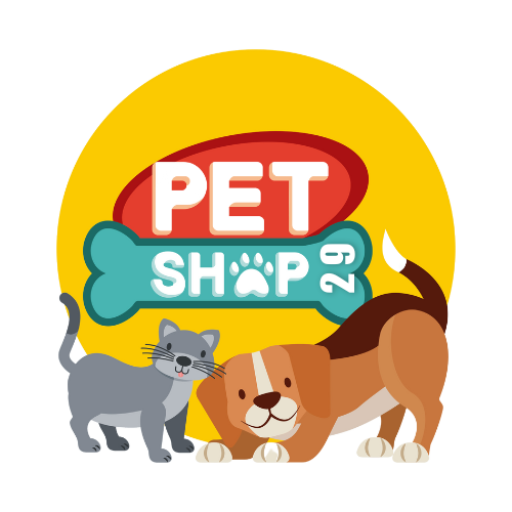Pitbulls are loyal, loving, and energetic dogs, but like all breeds, they require responsible ownership to ensure their safety and the safety of those around them.
This guide covers essential Pitbull safety tips, from training and socialization to home environment adjustments and outdoor activities.
Proper Training and Socialization
- Early Training: Start training your Pitbull as early as possible. Basic obedience commands such as sit, stay, come, and heel are crucial for managing your dog’s behavior.
- Positive Reinforcement: Use positive reinforcement techniques such as treats, praise, and playtime to encourage good behavior. Avoid harsh punishment, which can lead to fear and aggression.
- Socialization: Introduce your Pitbull to different people, environments, and other animals gradually. Early socialization helps prevent fear and aggression towards unfamiliar situations and beings.
Secure Home Environment
- Fencing: Ensure your yard is securely fenced. Pitbulls are strong and can be escape artists, so a high, sturdy fence is essential.
- Indoor Safety: Keep hazardous items such as chemicals, sharp objects, and small choking hazards out of reach. Use baby gates to restrict access to certain areas if necessary.
- Safe Space: Provide a designated safe space for your Pitbull, such as a crate or a specific room, where they can retreat and feel secure.
Supervision and Interaction
- Supervise Playtime: Always supervise interactions between your Pitbull and other pets or children. Teach children how to interact with dogs respectfully and gently.
- Manage Excitement: Pitbulls can get overly excited during play. Use commands to calm them down and prevent rough behavior.
- Leash Training: Keep your Pitbull on a leash during walks, especially in public areas. This ensures control and prevents potential conflicts with other dogs or people.
Health and Well-being
- Regular Vet Visits: Schedule regular veterinary check-ups to monitor your Pitbull’s health and address any concerns promptly.
- Proper Nutrition: Feed your Pitbull a balanced diet suited to their age, weight, and activity level. Consult your vet for dietary recommendations.
- Exercise: Provide regular exercise to keep your Pitbull physically and mentally stimulated. A tired dog is less likely to develop behavioral issues.
Identifying and Managing Aggression
- Know the Signs: Learn to recognize signs of aggression, such as growling, snapping, or stiff body posture. Early identification can help prevent escalation.
- Avoid Triggers: Identify and avoid situations that trigger aggressive behavior in your Pitbull. This might include certain environments, people, or other animals.
- Professional Help: If your Pitbull shows persistent aggressive behavior, seek help from a professional dog trainer or behaviorist.
Safety During Outdoor Activities
- Public Spaces: Always use a leash in public spaces and be aware of local leash laws. Consider using a harness for better control.
- Heat Safety: Pitbulls are prone to overheating. Avoid strenuous activities during hot weather, and always provide access to water and shade.
- Cold Weather: In cold climates, provide your Pitbull with appropriate protection, such as a dog coat, to keep them warm during outdoor activities.
Traveling with Your Pitbull
- Car Safety: Use a dog seat belt or a crate to secure your Pitbull during car rides. This prevents distraction and protects your dog in case of an accident.
- Identification: Ensure your Pitbull wears an ID tag with your contact information. Microchipping is also recommended for additional security.
- Familiar Items: Bring familiar items such as your Pitbull’s bed or toys when traveling to reduce anxiety and make them feel secure.
Responsible Ownership
- Spaying/Neutering: Spaying or neutering your Pitbull can reduce aggression and prevent unwanted litters, contributing to overall safety.
- Licensing and Microchipping: Keep your Pitbull’s identification up to date, including licensing and microchipping. This ensures they can be returned to you if lost.
- Community Awareness: Be aware of your community’s regulations regarding Pitbull ownership and comply with all rules and requirements.
By following these safety tips, you can create a secure and nurturing environment for your Pitbull while ensuring the safety of those around them. Responsible ownership, proper training, and awareness are key to fostering a positive reputation for this loyal and loving breed.


Leave a Reply